From 1956 to 1993, the GE Re-entry Systems facility was home to thousands of engineers and technicians who solved the problem of vehicles successfully reentering the Earth’s atmosphere. As described by aerospace pioneer Theodore Von Karman, “ Reentry… is perhaps the most difficult problem one can imagine.” Whether it was the first operational reentry vehicle for the Atlas ICBM, the recovery of the first man-made object from orbit, or the first probe to enter Jupiter’s atmosphere, some of the most significant milestones in aerospace were accomplished by those working in this facility.
Orbit
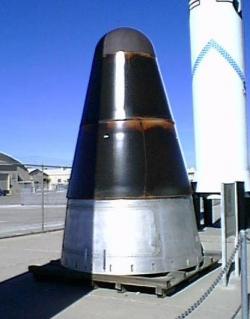
YearAdded:
Image Credit:
Public Domain (Author's Choice)
Image Caption:
GE Re-entry Systems
Era_date_from:
1956
2007
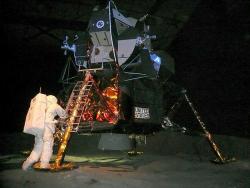
The Apollo lunar module (LM-13) was developed by the Grumman Aircraft Engineering Corp. (now Northrop Grumman). The LM's main functions were to carry two astronauts from lunar orbit to the moon's surface, and then return them to lunar orbit to rendezvous and dock with the Apollo command-service modules. On the surface, the LM served as a shelter and base of operations as the astronauts carried out their exploration and experiments. On July 20, 1969, the LM "Eagle" touched down on the moon, becoming the first piloted spacecraft to land on a celestial body other than Earth.
YearAdded:
Image Credit:
Courtesy Flickr/Michael Gray (CC BY-SA 2.0)
Image Caption:
The Apollo Lunar Module LM-13 on display in the Cradle of Aviation Museum
Era_date_from:
1972
2002
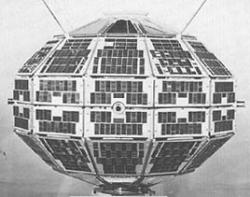
"Driven by the need to understand the characteristics of radio communication in Canada's North, Canadian researchers focused on the exploration of the earth's upper atmosphere, the ionosphere. Canada's satellite program commenced with the launch of Alouette-I on September 29, 1962. Alouette-II followed in 1965, ISIS-I in 1969, ISIS-II in 1971. The Alouette/ISIS tracking antenna serves as a reminder of Canada's contribution to this international effort in space science.
YearAdded:
Image Credit:
Public Domain; NASA
Image Caption:
The The Alouette 1, the very first satellite constructed by Canada
Era_date_from:
1962
1993
Innovations
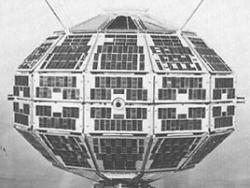
"Driven by the need to understand the characteristics of radio communication in Canada's North, Canadian researchers focused on the exploration of the earth's upper atmosphere, the ionosphere. Canada's satellite program commenced with the launch of Alouette-I on September 29, 1962. Alouette-II… Read More
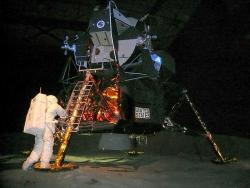
The Apollo lunar module (LM-13) was developed by the Grumman Aircraft Engineering Corp. (now Northrop Grumman). The LM's main functions were to carry two astronauts from lunar orbit to the moon's surface, and then return them to lunar orbit to rendezvous and dock with the Apollo command-service… Read More
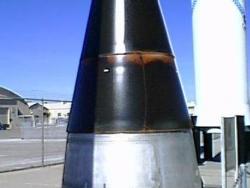
From 1956 to 1993, the GE Re-entry Systems facility was home to thousands of engineers and technicians who solved the problem of vehicles successfully reentering the Earth’s atmosphere. As described by aerospace pioneer Theodore Von Karman, “ Reentry… is perhaps the most difficult problem one…
Read More

